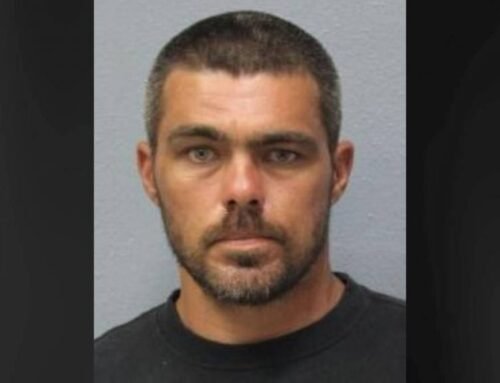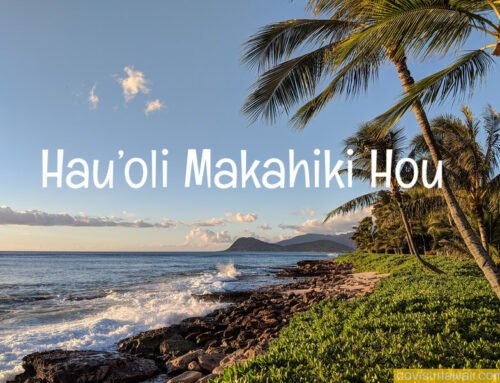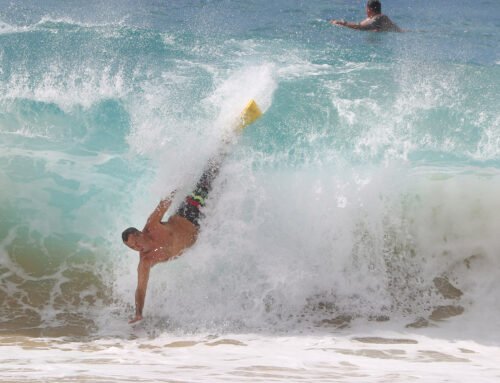The Hawaii Board of Land and Natural Resources voted unanimously on Friday to use state land adjacent to an old landfill in Olowalu for the disposal of ash and debris from the Lahaina wildfire.
The site is about five miles away from the burn zone in Lahaina, where a massive wildfire killed at least 99 people on Aug. 8. A former cinder quarry, the Olowalu area sits about 1,000 feet mauka of Honoapiilani Highway.
Maui Mayor Richard Bissen sent a letter to Gov. Josh Green on Sept. 20 asking the state to grant the county permission to use the land as a disposal site and, after the cleanup is complete, a memorial to the victims. The area encompasses a little over 19 acres.


The U.S. Army Corps of Engineers and the Federal Emergency Management Agency support using the Olowalu location, according to the land board.
The other alternative was the Central Maui landfill, about 25 miles away. But that option presented logistical challenges because large dual-axle trucks would have to haul the debris over a longer distance, creating traffic along the two-lane highway, the only road connecting West and Central Maui.
Heavy traffic could pose particular risks during the whale-watching season of October to March when many motorists park alongside the road or are distracted by viewing migrating humpback whales.
Another reason for using Olowalu is that the ash likely contains the remnants of human remains. At the Central Maui landfill, it would be combined with regular household waste which was not considered ideal or respectful.
In Olowalu, there will be no mixing. The ash and debris from the fire will be all that gets deposited in the earth.


At the Central Maui landfill, the remains would also be farther away from West Maui, the home of most fire victims.
“The essence of our town is in that ash debris,” said West Maui County Council member Tamara Paltin at the meeting.
But the Olowalu site has its own drawbacks too, namely proximity to the ocean and the environmental risks that poses.
At Friday’s meeting, Randy Sparks, aquatic biologist with the Division of Aquatic Resources, spoke about the possibility that toxic runoff from the Olowalu disposal site could leach into the groundwater and ultimately the ocean where it could bioaccumulate in the food chain.
Scott Crawford, Maui Nui marine director with The Nature Conservancy, raised potential risks that any leaching from the disposal site could have on the coral reef system off Olowalu.
In 2017, Olowalu reef was declared a mission blue hope spot, a place that is critical to ocean health, harboring, for example, the world’s largest known population of manta rays.
Shayne Agawa, director of environmental services for Maui County, downplayed the risks, describing how the disposal site would have two layers of impermeable liners and would be monitored for hundreds of chemicals by the county for 30 years.


“It’s the Cadillac of disposal sites. We’re overly designing this, above standards. There’s going to be redundant mitigation measures, monitoring for years to come,” Agawa said.
Later in the meeting after debate over whether a disposal site so close to the ocean was the wisest choice, Agawa noted that he was born and raised in Lahaina. He said he’s intimately familiar with the ocean and fishing grounds off Olowalo.
“I know every lobster hole, where the baby oio nurse,” said Agawa. “I love Olowalu. I’m from there. I live there now. I drink the water from the aquifer that people are saying is going to be contaminated by this. My kids drink the water. We’re not trying to pull the wool over anyone’s eyes.”
Choking back tears, Agawa continued: “When you’re talking about Olowalu, you’re talking about my backyard too. My kids’ backyard, where they swim almost every weekend since the Lahaina pool burned down.”
Land Board Chair Dawn Chang thanked Agawa for his emotional remarks.
“It’s hard. And I know you guys are doing your best,” Chang said, adding that it’s the state’s kuleana, or responsibility, to protect the environment, particularly the sensitive and highly productive nearshore waters.
Responding to criticism that there hasn’t been enough public outreach about the site, especially to kupuna from Olowalu, county spokeswoman Mahina Martin said plans are in the works for open houses so that people can ask questions and learn more about the plans.
“We did do some reach out. I will say there’s more to be done,” Martin said.
She and others noted there’s a sense of urgency driving the plans because Lahaina residents are anxious to get back to their properties to rebuild and there’s also the public health risks of having the toxic ash left on the ground in Lahaina any longer than that it has to be.
Mark Cardwell, a debris removal expert with the U.S. Army Corps of Engineers, said debris from the burn zone will be wrapped burrito-style with a non-permeable material, glued down, tarped and then trucked to a temporary staging area at the disposal site in Olowalu.


Water misters will be used to contain the dust from becoming airborne, Cardwell said.
Trucks could begin hauling debris to the site within 60 days of receiving final approvals, he said.
The Environmental Protection Agency is more than 85% done with removing hazardous household waste from the burn zone. Once EPA’s work is complete, the Army Corps will begin phase two of the cleanup.
EPA has yet to finish assessing multi-family apartment buildings in Lahaina due to the amount of debris and difficulty of entering those properties, the agency said this week.
EPA is also working on identifying and safely disposing of lithium-ion batteries from electric and hybrid vehicles. These volatile items need to be handled with care to protect cleanup crews and the community.
Civil Beat’s coverage of Maui County is supported in part by a grant from the Nuestro Futuro Foundation.







Leave A Comment